
Strabismus, more commonly known as squint or cross-eyed, is a vision condition in which a person cannot align both eyes simultaneously under normal conditions. One or both of the eyes may turn inward, outward, upward or downward. An eye turn may be constant (when the eye turns all of the time), intermittent (turning only some of the time) or can alternate between both eyes.

When having a baby, parents must make many decisions, ranging from material ones (what pram to buy, what cot to buy, what colour to paint the room) to more serious medical ones. One of these medical decisions is what to do with the blood from the newborn baby's umbilical cord.

Sort out the facts from the myths and then make a decision about whether or not to store your child's cord blood stem cells. Cord blood banking is the process of storing your newborn's stem cells after birth, which are found in the blood of the umbilical cord.

If you're expecting a child, you might be thinking about storing your baby's cord blood stem cells. Why shouldn’t it? Cord blood banking is one of the most advanced ways to protect your family's health that you can do. Cord blood, which is high in stem cells, has the potential to be used as regenerative medicine in the future.

Preserving the blood from your baby's umbilical cord in a family cord blood bank makes sure that your children will always have access to their own stem cells.

Have you ever considered how motherhood changes your life? From the first second that you discovered you are carrying life within you, everything changes – your perspective, your priorities, and even your choices.

It might get a little daunting when it comes to choosing a family cord blood bank. But fret not; here are some tips to guide you along. Look for a family cord blood bank that has been around the longest. This shows that they have experience and can be trusted to store your baby's stem cells in the right way.
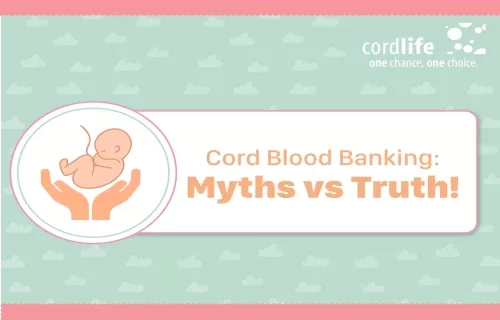
Do you want to know if the stem cells from your baby's umbilical cord blood can be used after a few years or if collecting your baby's cord blood during the COVID-19 pandemic is safe? We hope this post helps to dispel some of the common myths about cord blood banking and explains the facts.

There is often a long list of things to consider when preparing for the arrival of your little bundle of joy. If one of them is to protect the health of your loved ones, here are some reasons why you should store your baby's cord blood.

There are more than a million blood forming stem cells in a single typical full-term baby's umbilical cord blood.

You may have heard of cord blood banking during your pregnancy but are unsure if it is right for you and your family. Let's dive deep into the subject of cord blood banking and discuss some lesser-known factors that can help you make an informed decision.

A baby's full moon celebration is one of the most significant milestones that follow birth. If you are planning a full moon celebration for your baby, we hope this guide can help you plan a full moon party for your baby.

This is the time for you to step up as a father and support your wife during her pregnancy. However, it is likely that you do not fully comprehend what the mother of your child is experiencing during her pregnancy.

Autism spectrum disorder (ASD) is one of the world's most rapidly growing developmental disorders. According to Statista's John Elflein, Singapore ranks ninth in the world in terms of reported autism cases in 2022, with 67 per 10,000 children.1

After learning that your child has autism, you'll find yourself filling a variety of roles. At the same time, you'll get a lot of information from different sources, which can make you feel confused and frustrated. As parents, we often have to play more than one role, such as teacher, therapist, activity planner, and so on.
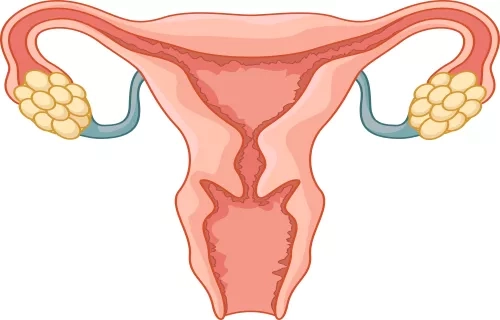
Endometriosis is a common medical condition characterised by growth of endometrium (the tissue that normally lines the uterus) beyond or outside the uterus. It looks and acts like tissue in the uterus. It most often appears in places within the pelvis
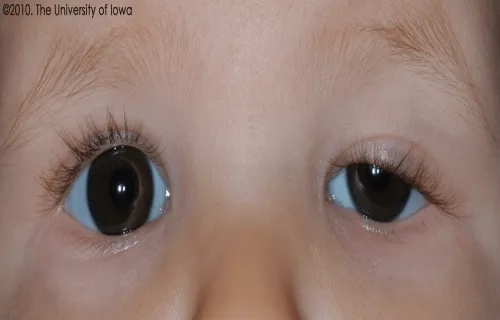
Ptosis refers to the drooping of the upper eyelid and when discovered to be present at birth or within the first year of age, it is referred to as congenital ptosis. Ptosis happens when there is poor development of the muscle (levator palpebrae superioris) that lifts the upper eyelid to open the eye properly1. Though rarely, ptosis can also be due to genetic2 or neurological dysfunction reasons as well.

Stem cell technology and applications are advancing rapidly, and their storage is insurance in the sense that you hope to never need their potential life-giving benefits. However, the practical reality of progenitor cells' ability to correct a disease is a stark reminder of how fragile human creation is and how much we take our bodies for granted when they are in good health.
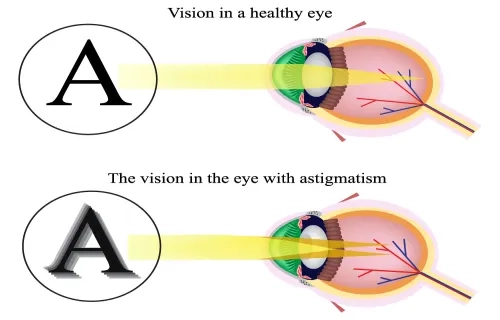
Astigmatism is a common vision condition which happens due to refractive errors in the eye, which is similar to myopia (short-sightedness) and hyperopia (long sightedness). These conditions can cause blurred or distorted vision when at a distance and when near.
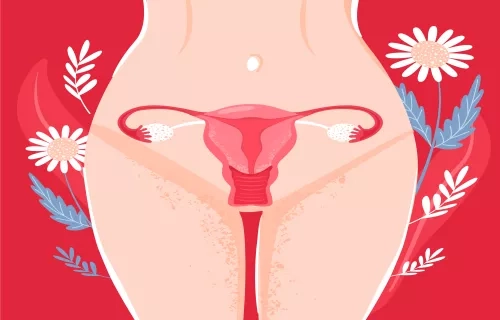
Many women suffer in silence, unknowingly. In this article, Dr Wong H.F. shares with us his knowledge of Vulvovaginitis, also known as vaginal infection in women.



